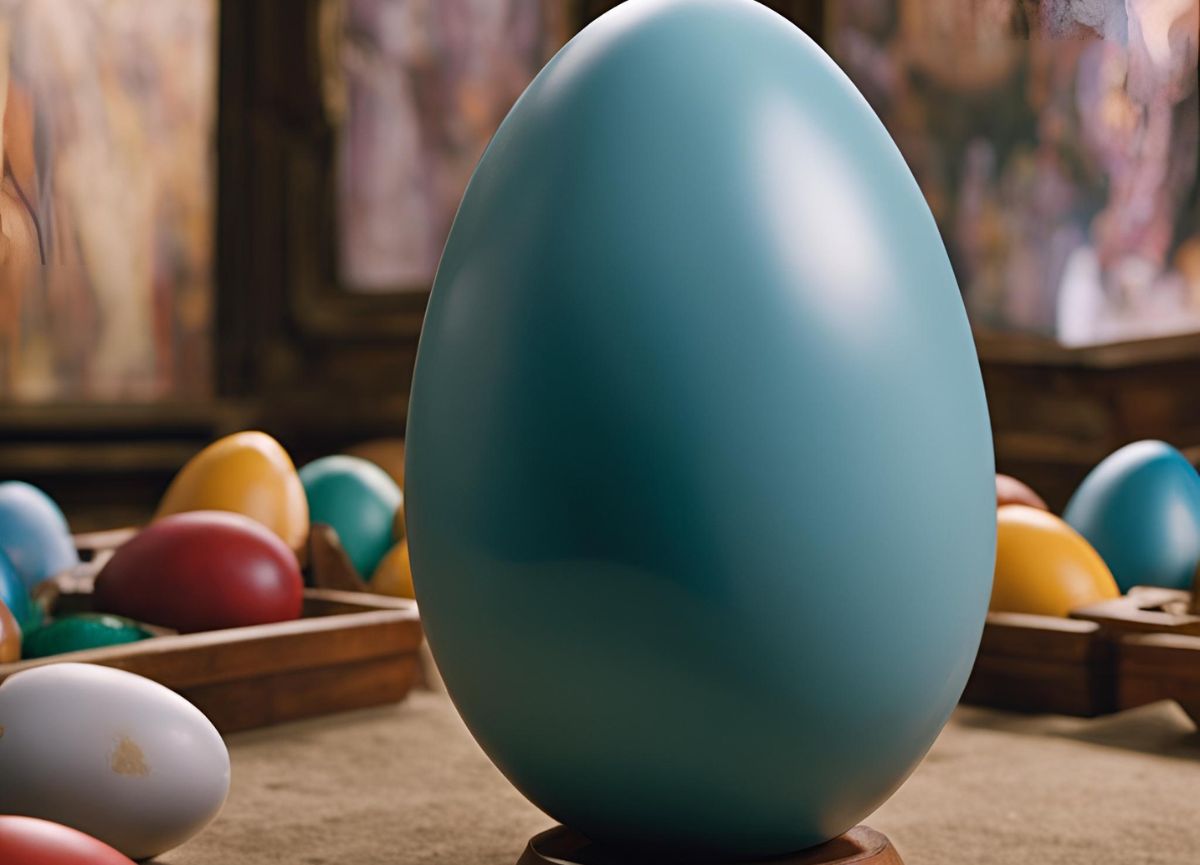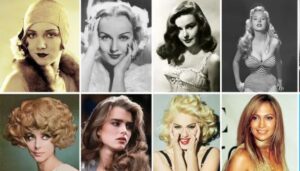Keynotes
- Easter eggs in films serve multiple purposes, including foreshadowing events, paying homage to other works, and rewarding attentive viewers with hidden jokes or references.
- Easter eggs in films serve multiple purposes, including foreshadowing events, paying homage to other works, and rewarding attentive viewers with hidden jokes or references.
- Easter eggs can range from subtle visual cues (like recurring symbols or cameos) to complex interconnected universe references, encouraging repeat viewings and fostering discussions among movie enthusiasts.
Filmmakers love to reward attentive viewers by planting cleverly hidden references, inside jokes, and subtle nods throughout their movies.
These “Easter eggs” add an extra layer of enjoyment for eagle-eyed fans who spot them.
From classic directors like Alfred Hitchcock to modern franchises like the Marvel Cinematic Universe, Easter eggs have become a beloved tradition in cinema.
Let’s explore some of the most memorable and creative hidden references in popular films across different genres and eras.
The Master of Suspense Sneaks In
Alfred Hitchcock pioneered the art of director cameos, appearing briefly in 39 of his 52 major films.
While these cameos started accidentally, they evolved into a signature touch that audiences came to anticipate.
In The Birds (1963), Hitchcock walks out of a pet shop with his own real-life dogs as Tippi Hedren enters.
This clever self-referential moment rewards viewers familiar with the director’s style.
Symbolic Foreshadowing
Some filmmakers use recurring visual motifs such as Easter eggs to foreshadow events or symbolize themes.
In The Godfather trilogy, oranges serve as an ominous harbinger of death for characters.
Francis Ford Coppola subtly places oranges in scenes before major character deaths, creating suspense for observant viewers.
Martin Scorsese employs a similar technique in The Departed (2006), marking doomed characters with an “X” somewhere in the frame before their demise.
This pays homage to 1930s gangster films while adding an extra layer for attentive modern audiences.
Pop Culture Crossovers
Directors often slip in playful references to other films or franchises they admire.
In Raiders of the Lost Ark (1981), Steven Spielberg included hieroglyphics of R2-D2 and C-3PO from Star Wars as a nod to his friend George Lucas.
Lucas returned the favor in The Phantom Menace (1999) by including aliens resembling E.T. in the galactic senate scenes.
These cross-franchise Easter eggs create fun connections for fans. J.J. Abrams continued the tradition in his 2009 Star Trek reboot, hiding R2-D2 floating in space debris as an homage to Star Wars before he took over that franchise.
Hidden Messages in Animation
Pixar films are renowned for their interconnected universe and recurring Easter eggs.
The code A113 appears in nearly every Pixar movie as a reference to a classroom at CalArts where many animators studied.
Toy Story (1995) contains a subtle nod to The Shining (1980) – the carpet pattern in Sid’s house matches the iconic Overlook Hotel carpet.
Disney’s Zootopia (2016) rewards sharp-eyed viewers with elephants dressed as Anna and Elsa from Frozen in the background of a scene.
These playful inter-film connections add depth for fans invested in the Disney/Pixar universe.
Predicting the Future
Some Easter eggs seem to accidentally predict future films.
The post-apocalyptic New York in I Am Legend (2007) features a billboard advertising a Batman vs. Superman movie, years before that crossover actually happened.
While likely unintentional, this amusing coincidence delights fans who notice it in hindsight.
Subtle Nods to Source Material
When adapting existing properties, filmmakers often include Easter eggs referencing the source material.
In Spider-Man: Homecoming (2017), Peter Parker’s classroom features portraits of famous scientists – including a blink-and-you’ll-miss-it cameo of Bruce Banner.
This rewards comic fans who are familiar with Banner’s scientific background.
The John Wick franchise maintains impressive continuity between films.
The cars parked outside the Continental Hotel remain exactly the same between the first two movies, despite them being released years apart.
This attention to detail creates a cohesive world for attentive viewers.
Breaking the Fourth Wall
Some Easter eggs playfully acknowledge the filmmaking process itself.
In Fight Club (1999), director David Fincher hid a Starbucks cup in every single scene as commentary on consumerism.
This self-referential touch adds thematic depth for viewers who notice the recurring cups.
The Greatest Showman (2017) includes a hidden Wolverine logo in the credits as a nod to Hugh Jackman’s iconic X-Men role.
This cheeky reference creates a fun connection between the actor’s disparate projects.
Easter eggs and hidden references have become an integral part of modern filmmaking.
From foreshadowing plot points to creating interconnected cinematic universes, these subtle touches reward attentive viewers and foster deeper engagement with films.
As movies continue to evolve, filmmakers will undoubtedly find new and creative ways to plant Easter eggs for fans to discover and discuss.
So next time you watch a film, keep your eyes peeled – you never know what hidden gems you might uncover.




